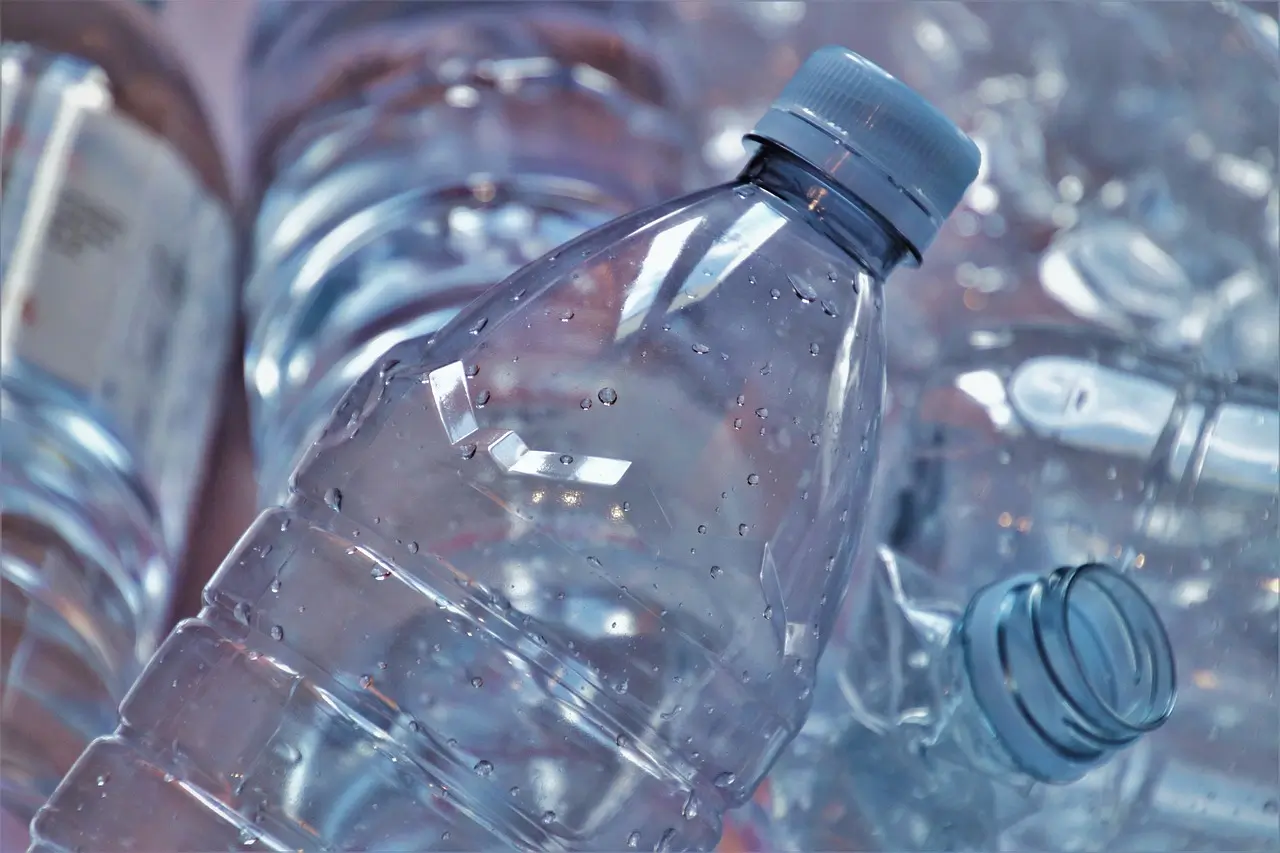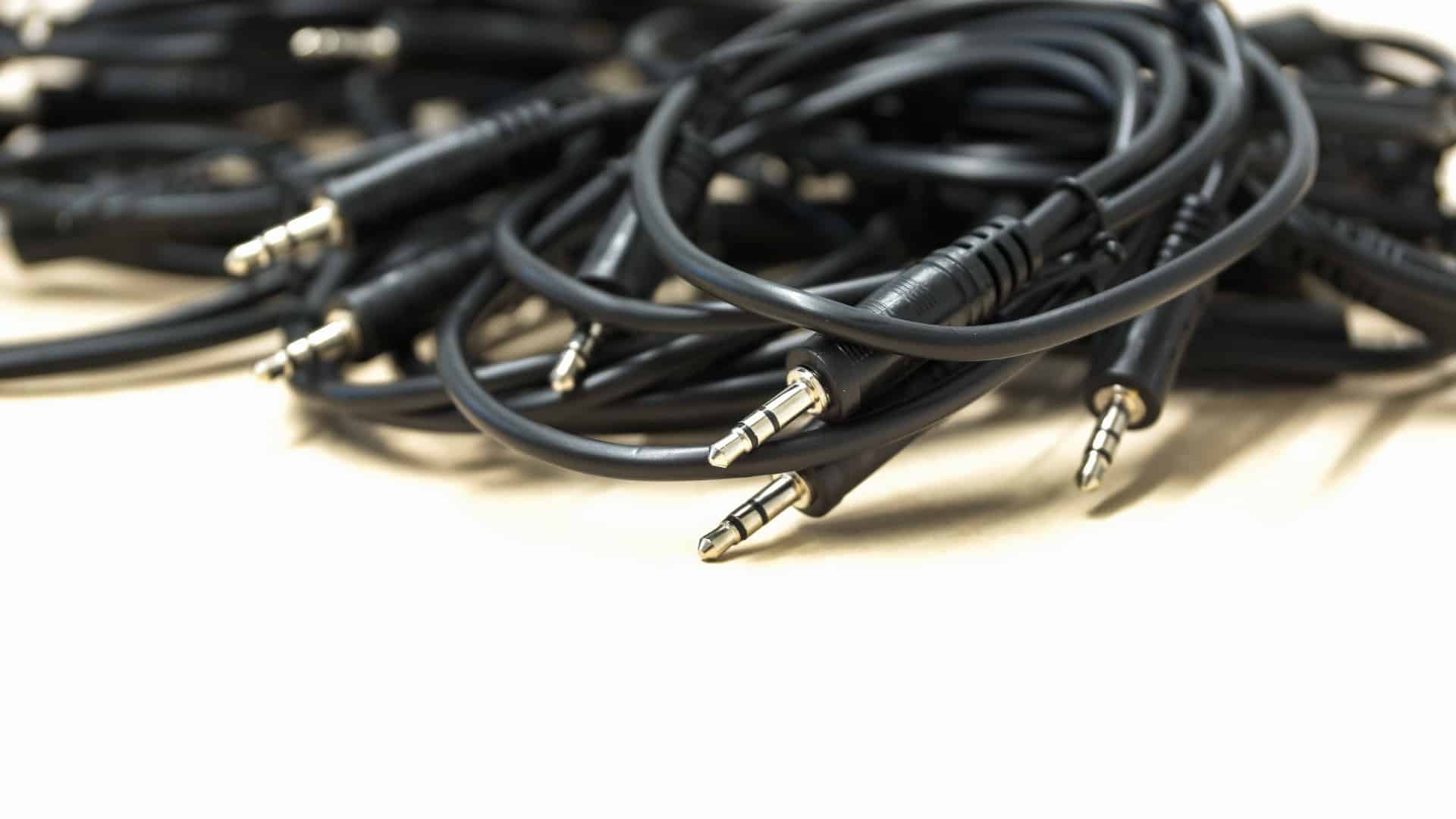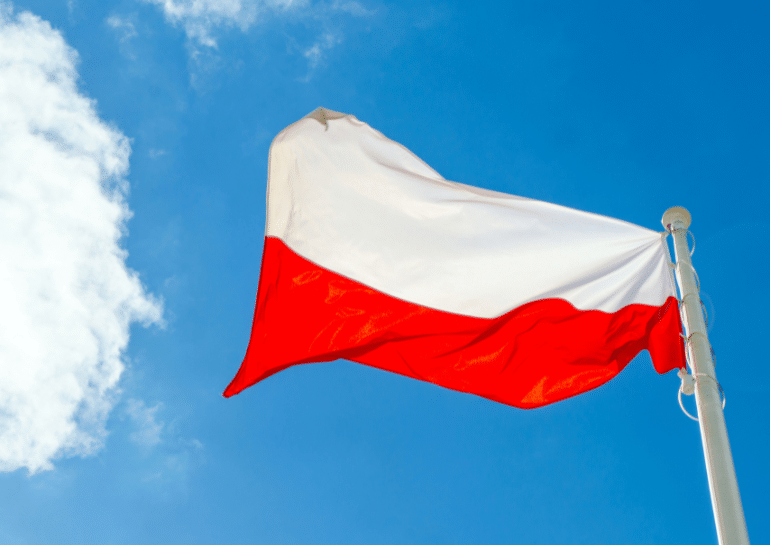The EU’s Packaging and Packaging Waste Regulation (PPWR) is not a future problem—it’s an immediate business risk. Deadlines are approaching, and non-compliance will result in market exclusion.
For Quick Readers
- The new Packaging and Packaging Waste Regulation (PPWR) is a directly applicable law in all 27 EU member states, requiring immediate action.
- By 2030, all packaging placed on the EU market must be recyclable, and plastic packaging must contain specific minimum percentages of recycled content.
- Non-compliance risks severe penalties, including fines up to €200,000 in countries like Germany and complete exclusion from the EU market.
Secure European Market Access by Mastering Eco-Design Packaging Compliance
The new EU Packaging and Packaging Waste Regulation (PPWR) fundamentally changes the rules for placing products on the European market. It replaces the previous directive with directly applicable law across all 27 member states, demanding immediate action from manufacturers, importers, and distributors. The regulation introduces strict targets for waste reduction, recyclability, and the use of recycled materials, aiming to cut packaging waste per capita by 15% by 2040 compared to 2018 levels. For businesses, this means packaging must be re-evaluated and redesigned now. Failing to adapt risks severe penalties and, most critically, a complete loss of access to the EU market. The time to achieve eco-design packaging compliance in Europe is now, and swift, expert-guided action is essential.
The most significant change is the PPWR’s status as a ‘regulation’, not a ‘directive’. This eliminates inconsistent national laws, creating one unified legal framework that applies from August 2026. Previously, companies could navigate varying rules in different EU countries; now, there is a single, non-negotiable standard for all 27 member states. This harmonization requires every business to update its compliance strategy immediately. The new rules apply to 100% of packaging placed on the EU market, regardless of your company’s location. You must navigate complex EPR regulations under this new, stricter system. The transition period is short, and the requirements are extensive, making immediate action critical to avoid future disruption.
Understand the Shift from Directive to Direct Regulation
To achieve eco-design packaging compliance in Europe, you must adhere to several new, strict pillars of the regulation. By 2030, all packaging must be designed for recycling, and by 2035, it must be recycled at scale. Packaging that fails to meet a recyclability performance grade of at least 70% will be considered non-recyclable and barred from the market. The regulation also mandates a reduction in packaging to the minimum necessary, with e-commerce packaging limited to a maximum of 40% empty space.
Key eco-design obligations include:
- Recyclability by Design: All packaging must be designed according to specific criteria to be considered recyclable by 2030.
- Waste Minimisation: Packaging weight and volume must be the absolute minimum required for product safety and hygiene.
- Recycled Content: Plastic packaging must incorporate mandatory minimum levels of post-consumer recycled (PCR) content.
- Banned Formats: Certain single-use plastic packaging, like those for miniature hotel toiletries, will be banned from 2030.
- Hazardous Substance Limits: The use of substances like PFAS and Bisphenol A in food-contact packaging is now restricted.
These requirements necessitate a complete review of your current packaging portfolio to ensure you can register your product packaging legally.
Master the Core Requirements of Eco-Design
A central pillar of the PPWR is the mandatory inclusion of post-consumer recycled (PCR) content in new plastic packaging. These targets are non-negotiable and require many companies to secure new supply chains for recycled materials. The regulation sets clear, legally binding percentages that will be enforced from 2030. Relying on virgin plastics is no longer a viable long-term strategy for the EU market. You must prepare now to meet these specific thresholds.
The 2030 minimum recycled content targets are as follows:
- 35% for plastic packaging not covered in other specific categories.
- 30% for single-use plastic beverage bottles.
- 30% for contact-sensitive packaging made primarily from PET.
- 10% for contact-sensitive packaging made from other plastic materials.
These targets increase further by 2040, reaching as high as 65%. Understanding how to declare packaging materials with accurate recycled content is now a critical compliance task.
Meet Mandatory Recycled Content Targets for Plastics
The PPWR introduces harmonised labelling requirements to provide consumers with clear disposal information and to streamline waste sorting across the EU. These labels will specify material composition and the correct waste bin, with QR codes providing additional details. This system replaces the confusing patchwork of national symbols, creating a single standard for the entire internal market. Incorrect labelling can be considered non-compliance, leading to market withdrawal. Proper implementation is essential for your products to be accepted by both consumers and regulators. These new rules on mandatory labelling of packaging are designed to improve recycling rates, and compliance is not optional.
Implement New Harmonised Labelling for Market Access
Ignoring the PPWR will have severe financial and operational consequences. While the regulation allows member states to set their own penalties, they must be “proportionate and dissuasive.” In Germany, for example, violations of the existing Packaging Act can already result in fines of up to €200,000 per violation and a ban on distribution. Beyond direct fines, non-compliant companies face the risk of having their products recalled or prohibited from being placed on the market entirely. The greatest financial risk is not the fine itself, but the complete loss of revenue from being blocked from the EU market of over 450 million consumers. The time to act on these circular economy laws is before these penalties are applied to your business.
Calculate the High Cost of Non-Compliance
The complexity and tight deadlines of the PPWR require a structured and immediate response. Waiting for the 2026 application date is a critical error, as the necessary changes to packaging design and supply chains take more than 24 months to implement. A proactive approach is the only way to guarantee uninterrupted market access and full compliance. This is not just about avoiding fines; it is about future-proofing your business in Europe.
Follow these steps to begin your compliance journey:
- Conduct a Full Portfolio Audit: Analyse every piece of packaging you place on the EU market against the new PPWR criteria.
- Identify Non-Compliant Materials: Pinpoint all packaging that will fail recyclability, recycled content, or minimization requirements by 2030.
- Develop a Redesign Roadmap: Create a time-bound plan to replace or redesign non-compliant packaging, including sourcing new materials and suppliers.
- Contact Deutsche Recycling Immediately: Do not navigate this complex transition alone. Contact our experts now to ensure you achieve 100% legal compliance swiftly and efficiently, protecting your access to the EU market.
Take action now to comply with the EU directives. For readers who have not yet started, contacting Deutsche Recycling is the fastest way to meet these regulations and secure your business operations.
Execute Your Compliance Action Plan Today
FAQ
Why do I need to act on the PPWR now?
The regulation will be applicable from mid-2026, and the 2030 deadlines are rapidly approaching. Redesigning packaging, qualifying new materials, and adapting supply chains can take several years. Waiting will lead to non-compliance and put your EU market access at risk. We urge you to contact Deutsche Recycling for immediate guidance.
My company is not based in the EU. Do these rules still apply to me?
Yes. The PPWR applies to all packaging placed on the EU market, regardless of the origin of the company. If you sell goods to customers in any EU country, your packaging must comply with these regulations.
What is the difference between the old directive and the new regulation?
A directive sets goals that member states must achieve by writing their own national laws, which can lead to variation. A regulation is a single law that is directly and uniformly applicable across all EU member states, creating a more stringent and harmonized system.
How can Deutsche Recycling help my company comply with the PPWR?
Deutsche Recycling offers a full-service solution to ensure your company achieves 100% legal compliance. We analyze your packaging portfolio, identify compliance gaps, manage all registration and reporting obligations, and provide expert guidance to navigate the complexities of the PPWR. Contact us for a consultation.
What does ‘recyclable at scale’ mean?
Under the PPWR, ‘recyclable at scale’ means that by 2035, there must be an established and effective system for the collection, sorting, and recycling of a specific packaging type across the EU. It is not enough for packaging to be theoretically recyclable; it must be proven to be recycled in practice on a large scale.
Are there exceptions to the recycled content targets?
The regulation includes very few exceptions. For example, compostable plastic packaging and packaging for medical devices have some exemptions, but the vast majority of plastic packaging, including for food contact, must meet the targets. It is critical to assess your specific products against the regulation’s text.
More Links
Umweltbundesamt provides insights into Ecodesign from the perspective of the German Environment Agency.
The Bundesumweltministerium offers access to the German Packaging Act, detailing regulations on placing packaging on the market, its return, and high-quality recycling.
The Zentrale Stelle Verpackungsregister outlines the minimum standards and requirements for packaging registration.
Destatis, the Federal Statistical Office of Germany, offers press releases that may include statistics relevant to packaging or waste.
The European Commission provides comprehensive information on the EU’s Ecodesign for Sustainable Products Regulation, including product labeling rules and requirements.
EUR-Lex provides direct access to the European Parliament and Council Directive 94/62/EC concerning packaging and packaging waste.
The BDE, the German Association for Waste Management, Water and Raw Materials, offers information regarding packaging disposal.
Deutsche Umwelthilfe provides a press release on the new EU Packaging Regulation, outlining their demands for further measures.
The European Commission details its Circular Economy Action Plan, outlining key initiatives for a sustainable economy.






